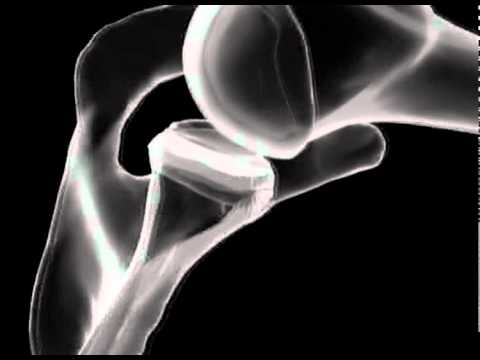It’s a busy day in the Emergency Department. Your next patient is a 35-year-old male who fell while skiing. He presents with a clearly dislocated left shoulder. As you examine him he requests that you “just put it back in” so that he can get back to his vacation. As the patient returns from x-ray the nurse asks about your plans for the reduction.
‘Should we prepare for a sedation?’
You pause. The patient has made his desire for early disposition clear. You usually perform shoulder reductions under procedural sedation, but would like to accommodate his request while also providing adequate analgesia. You recall hearing about intra-articular lidocaine for shoulder reduction and wonder what the evidence is.
Boring Question: Is intra-articular lidocaine for shoulder reduction equivalent to procedural sedation?
The authors of a 2011 Cochrane review [cite num=”1″] identified 5 studies with a total of 211 participants with acute (<48 hrs) anterior shoulder dislocation. These studies compared intra-articular lidocaine to intravenous analgesia with or without sedatives during shoulder reduction. The authors found that shoulder reductions were equally successful regardless of which method was used. There were also no differences in pain reduction. Patients who received intra-articular lidocaine left the ED sooner (in just under 30 minutes) than those who received procedural sedation, even though one study identified an increase in actual procedure time with intra-articular lidocaine (from 285 seconds to 105 seconds). Intra-articular injections were not associated with an increased rate of joint infection.
The authors of a 2014 meta-analysis published in the Journal of Clinical Anesthesia [cite num=”2″] compared 9 randomized control trials with 438 total patients. They found that, compared to conscious sedation, intra-articular lidocaine was associated with fewer complications, including respiratory depression, vomiting, and thrombophlebitis. There were no differences in patient satisfaction, post-reduction pain, or success rates between the two methods. Length of procedure time was again increased with intra-articular lidocaine, but total length of stay was shorter.
Some practitioners have raised some concerns about the potential for chondrolysis after anesthetic infusions into the glenohumeral joint space [cite num=”3″]. This is believed to be dose-dependent, and a single dose for shoulder reduction in the ED has not been shown to be problematic.
For a great video tutorial outlining this technique, check out Mike Stone’s YouTube video [cite num=”4″].
Case Resolution:
After you explain the risks and benefits of sedation and intra-articular lidocaine, the patient opts for lidocaine. You infuse 15-20cc of 1% lidocaine into his affected shoulder. After ten minutes, you successfully reduce his dislocated shoulder in a single attempt, without pain or complications. The patient is placed in a shoulder immobilizer and is instructed for follow up with orthopaedics within the week.
[bg_faq_start]References
- Wakai A, O’Sullivan R, McCabe A. Intra-articular lignocaine versus intravenous analgesia with or without sedation for manual reduction of acute anterior shoulder dislocation in adults. Cochrane Database Syst Rev. 2011; : CD004919. PMID: 21491392
- Jiang N, Hu YJ, Zhang KR, Zhang S, Bin Y. Intra-articular lidocaine versus intravenous analgesia and sedation for manual closed reduction of acute anterior shoulder dislocation: an updated meta-analysis. J Clin Anesth. 2014; 26(5): 350-9. PMID: 25066879
- Wiater BP, Neradilek MB, Polissar NL, Matsen FA 3rd. Risk factors for chondrolysis of the glenohumeral joint: a study of three hundred and seventy-five shoulder arthroscopic procedures in the practice of an individual community surgeon. J Bone Joint Surg Am. 2011; 93(7): 615-25. PMID: 21357481
- Stone M. Shoulder dislocation: Ultrasound guided shoulder joint injection. ALiEM Educational Videos.


